Oregon lawmakers have taken a significant step toward expanding law enforcement’s ability to use unmanned aerial vehicles (UAVs) in their daily operations. Senate Bill 238 passed the Senate Judiciary Committee on Monday with a 5-1 vote, reports OregonLive, potentially transforming how Police across the state can deploy Drone Technology.
Current Limitations vs. Proposed Expansion
Under existing Oregon law, police face significant restrictions on drone usage, requiring warrants in most cases except under “exigent circumstances” where immediate harm is present or suspects are actively fleeing. The new legislation would dramatically broaden these powers, allowing officers to use drones to respond to active 911 calls, investigate crash scenes before officers arrive, pursue fleeing suspects, and search for missing children or elderly adults.
Currently, police can only use drones without a judge’s permission under “exigent circumstances,” such as when someone is in immediate harm or suspects are fleeing. Police say the real-world conditions under which those circumstances apply are too narrow. Otherwise, police must obtain a warrant, and they say that’s a delay that can result in suspects escaping, property being damaged or even people dying.
“I’ve located suspects hiding in places like rooftops and thick brush — locations that would have put officers at risk during traditional searches,” Albany police officer Michael Norlander wrote in testimony supporting the bill. “These drones helped us take individuals into custody without injury or conflict, reducing the risk for everyone involved.”
Eugene Police Sergeant Kyle Williams provided specific examples during committee hearings, citing numerous successful deployments from “bank robberies to shoplifting” cases. Williams highlighted an incident where drone intelligence helped peacefully resolve a situation involving an armed suspect threatening people in downtown Eugene.
Privacy Concerns and Limitations
Critics, including the American Civil Liberties Union (ACLU) of Oregon, have raised substantial concerns about potential privacy violations. Michael Abrams, policy counsel for ACLU of Oregon, told the committee that the bill “would provide a legislative blank check for law enforcement agencies to begin deploying seemingly unlimited quantities of drones” and that it would amount to a colossal allocation of power that “could usher in an era of mass aerial surveillance that has a severe chilling effect on our public speech, assembly and movement rights.”
To address these concerns, committee chair Senator Floyd Prozanski (D-Eugene) said an amendment to the bill explicitly bans police from using drones to collect information about individuals who aren’t suspected of committing crimes. The legislation also specifically forbids using drones for traffic enforcement purposes.
When questioned about drone identifiability, Sergeant Williams noted that some police UAVs feature red and blue lights, while others may have announcement capabilities.
“More often than not, we’d rather have a noisemaker or a light because we want to get people’s attention, so they know they’re being watched and it will influence their behavior in some way,” Williams explained.
National Context
Oregon’s proposed expansion aligns with a growing national trend. According to a 2023 ACLU report, at least 1,400 police departments nationwide use drones. Modern law enforcement drones often come equipped with advanced capabilities beyond standard cameras, including thermal imaging for nighttime operations and integrated loudspeaker systems.
According to Axon, a law enforcement technology company, the devices not only come with video cameras but can be equipped with thermal imagers for nighttime detection and loudspeakers to convey orders or information to people.
In 2022 in a suburb north of Oakland, police responded to a hotel where a suspect reportedly was threatening employees and guests with a gun before disappearing out of view for about 30 minutes, according to news reports. Police sent in a drone to find him sleeping on a couch in the lobby. Police said they then entered and arrested the man without incident.
Last year in New York City, police announced plans to start using drones to crack down on a surge in assaults, robberies and other crimes in the 843 acres of Central Park.
Voting and Legislative Path Forward
The committee vote showed strong bipartisan support for the bill. Sen. Mike McLane, a central Oregon Republican, was the only committee member to vote against the bill, though he offered no explanation for his opposition. The committee’s only other Republican, Sen. Kim Thatcher of Keizer, voted for it, as did the four Democrats on the committee: Prozanski; Sen. Anthony Broadman, D-Bend; Sen. Sara Gelser Blouin, D-Corvallis; and Sen. James Manning, D-Eugene.
In written testimony, Albany police officer Michael Norlander told the committee that even within the confines of current law, his department has managed to deploy drones dozens of times and considers them “one of the most valuable tools in modern policing.”
DroneXL’s Take
The Oregon legislation represents a critical juncture in the ongoing balance between technological advancement in policing and civil liberties protections. While the operational benefits of expanded drone usage are compelling – including officer safety, resource efficiency, and enhanced capabilities – the potential for overreach remains a legitimate concern.
Opponents’ worries that drones with cameras recording protesters could be used as a tactic to squelch speech highlight the tension between security benefits and potential civil liberties implications. Sen. Thatcher’s question about drone markings and identifiability also raises important considerations about transparency in police drone operations.
The bill’s explicit prohibitions against surveilling non-suspects and traffic enforcement show lawmakers’ awareness of privacy concerns, but implementation and oversight will be crucial if the legislation passes. As police departments nationwide increasingly adopt drone technology, Oregon’s approach could serve as either a model for responsible expansion or a cautionary tale about rushing into aerial surveillance without sufficient guardrails.
For professional and recreational drone pilots, this legislation also highlights the growing distinction between consumer and law enforcement UAV operations, potentially setting precedents that could impact regulations across the entire drone ecosystem.
Discover more from DroneXL.co
Subscribe to get the latest posts sent to your email.

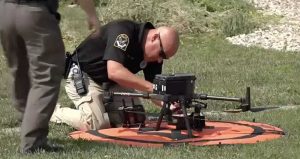

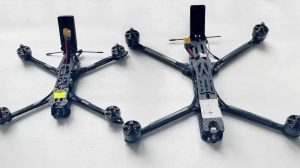
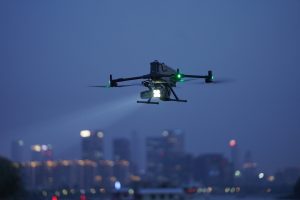

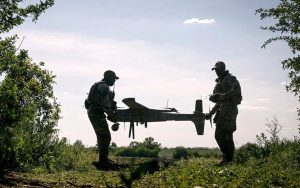

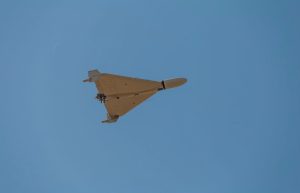
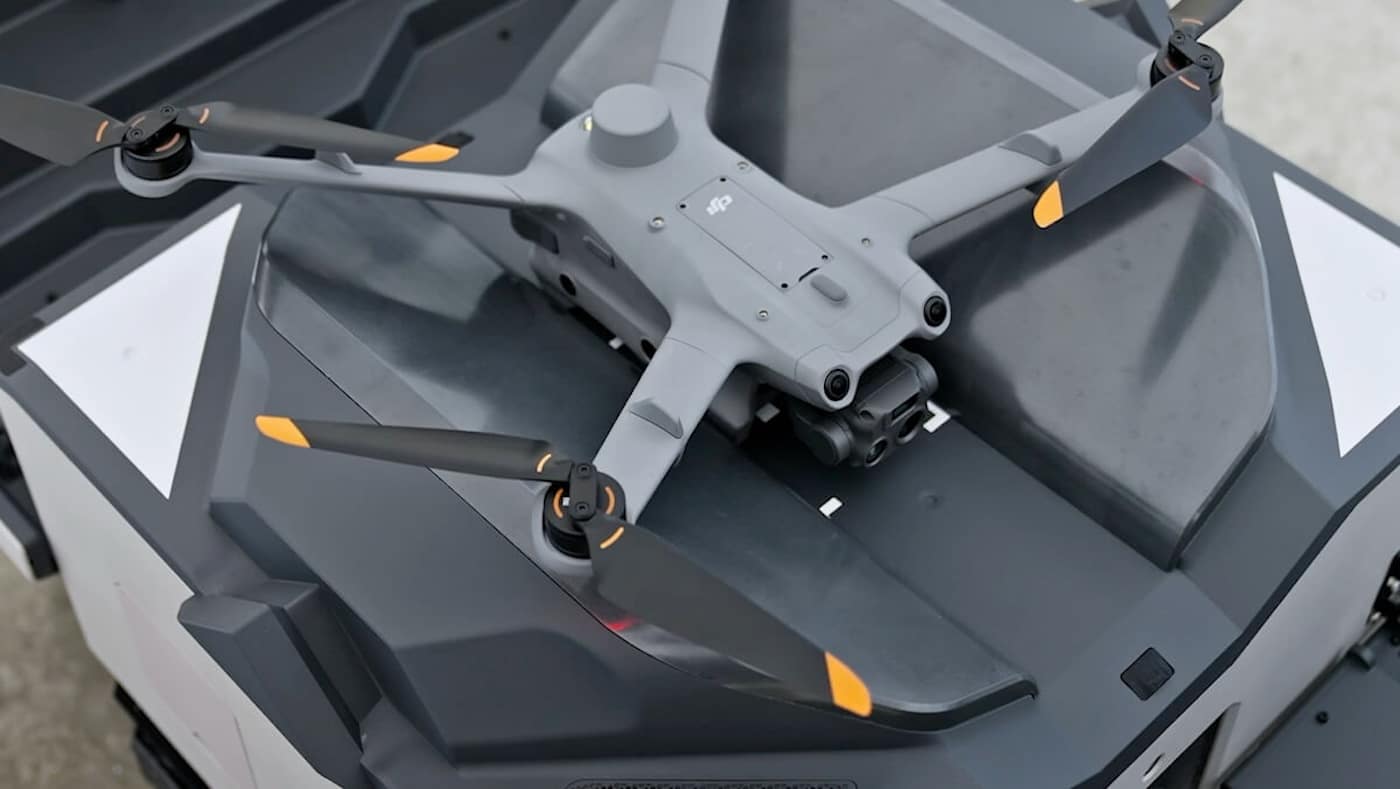
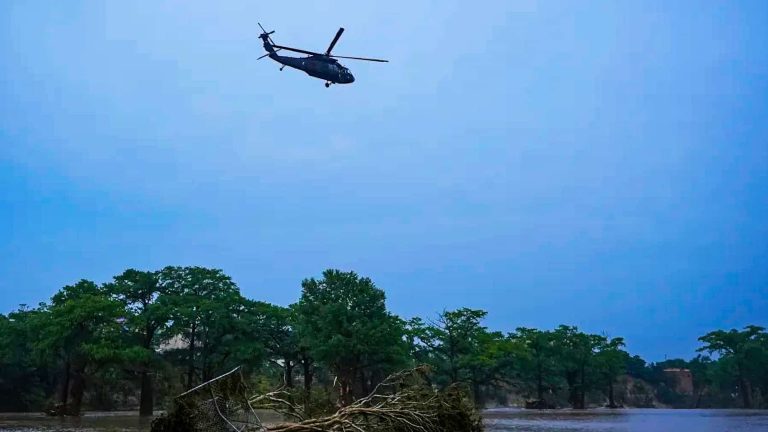
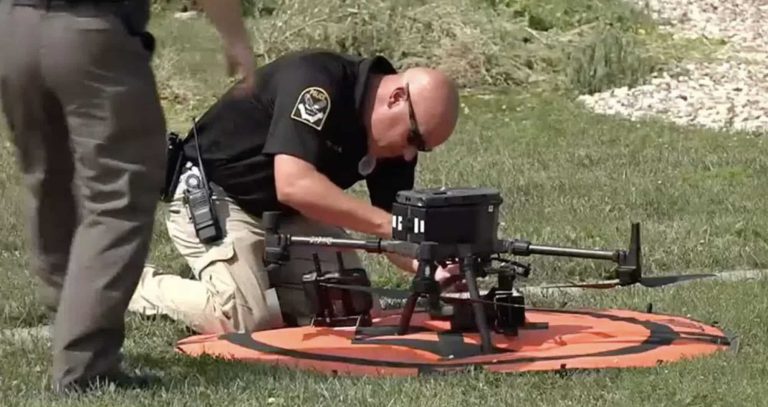



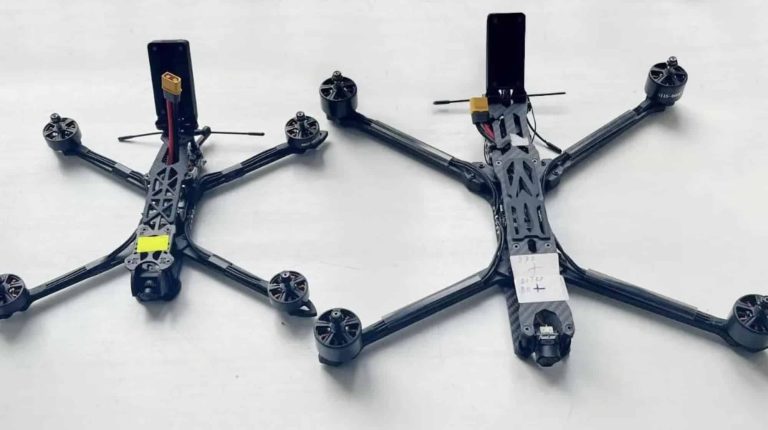
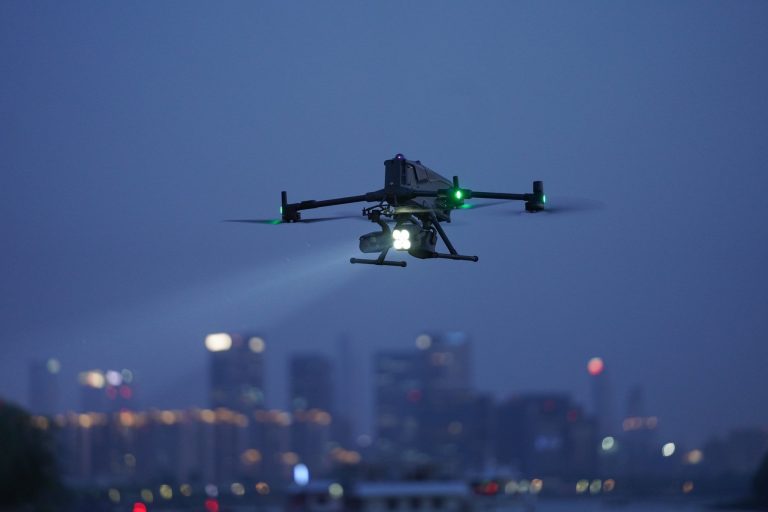
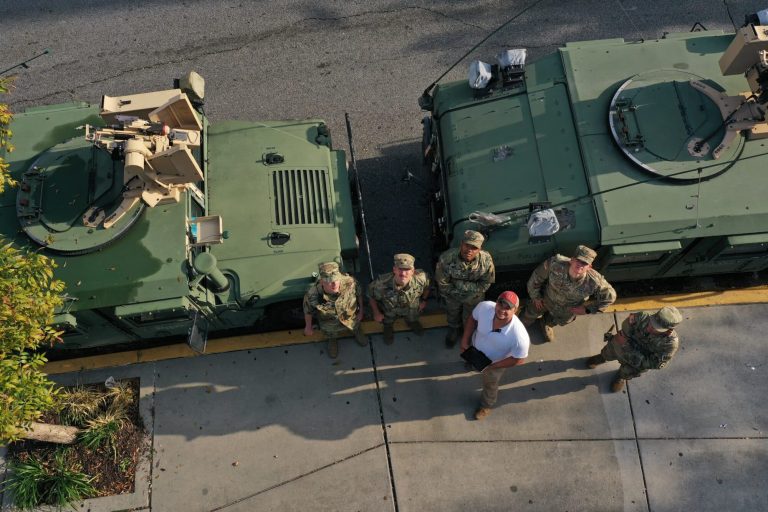
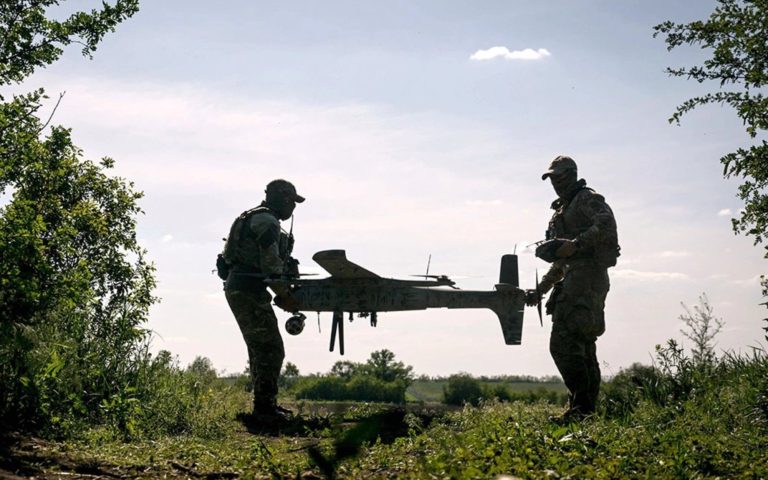
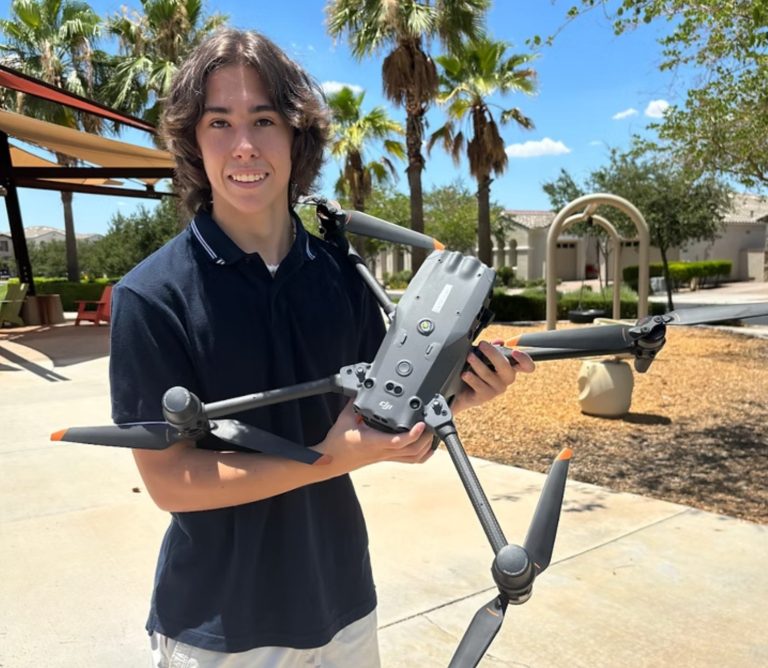
+ There are no comments
Add yours